
All categories
Featured selections
Trade Assurance
Buyer Central
Help Center
Get the app
Become a supplier

(58402 products available)









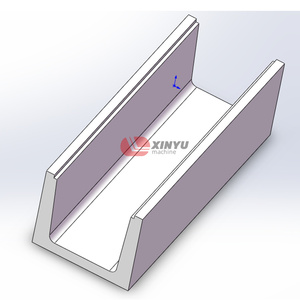








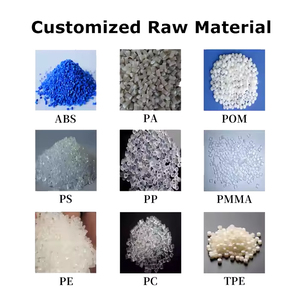








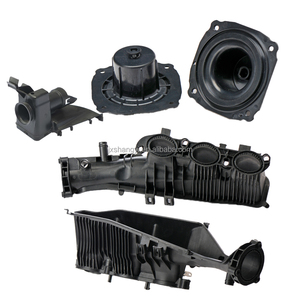
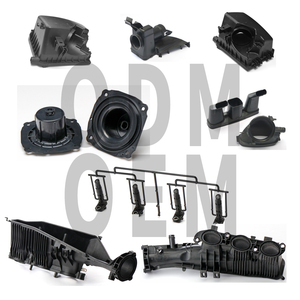






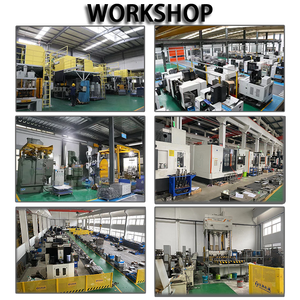



For an engine mold, material selection is critical. This significantly affects the durability, precision, and performance of the resultant components. Below, we explore the diverse materials commonly used for making these molds.
Aluminum offers a stellar balance of weight and strength. This makes it one of the preferred materials for engine mold. In this case, aluminum alloys often come in handy for producing molds for their corrosion resistance and thermal conductivity properties. These molds are widely applicable for low to medium production volume. This is due to their cost-effectiveness and fast turnaround times.
Tool steel is renowned for its hardness and ability to endure wear. Often, it is the material of choice for high-volume production. Usually, steel molds provide longer life spans owing to their toughness and capacity to retain shape under extreme stress. In addition, oil-hardened or air-hardened varieties of tool steel are commonly used for making engine molds. This is especially where high-temperature performance is required.
Standard practice for Stereolithography (SL) involves using resin in the production of molds. Primarily, SL is used for rapid prototyping. This provides quick iterations during the early design phases. Though resins lack the longevity of metal molds, they offer an affordable option for testing designs before committing to full-scale production.
Typically, composite materials and aluminum alloys come with a blend that reduces weight while retaining structural integrity. Such molds are ideal for applications where weight savings are paramount. Often, they provide a shorter lifespan compared to all-steel molds, but they are elastic enough to handle moderate production volumes proficiently.
Engine molds are vital for the production of high-performance automotive components. Generally, these molds undergo a variety of manufacturing processes. Each is tailored to meet specific design requirements. Below, we delve into the principal manufacturing processes for making these molds.
CNC machining plays a critical role in the creation of engine molds. This is especially in terms precision and efficiency. Usually, CNC machines are used to carve engine mold designs from metal blocks. These include steel or aluminum. Thanks to CNC, manufacturers create intricate and precise mold cavities. This ensures consistency in the quality of the end product. Generally, CNC machining is favored for its capacity to handle complex designs and produce high volumes.
3D printing, also referred to as additive manufacturing, has emerged as a revolutionary method for producing molds quickly and cost-effectively. Normally, this process involves building up layers of material to create the mold. Usually, 3D printing is suitable for producing engine mold answers or low-volume molds. It enables rapid prototyping. Thus offering the flexibility to adjust designs quickly based on testing results.
This process focuses on the creation of molds used for injection molding . Thus, it helps in producing parts with high precision. Moreover, it utilizes a heated mold to inject molten material. Typically, this material solidifies into the desired shape. Also, this method is ideal for producing high-volume parts. This is especially when uniformity and detail are paramount.
Electrodischarge Machining mainly comes in handy for refining mold surfaces. Usually, EDM is used to add finish details to mold cavities and cores. This helps improve the mold’s accuracy and surface quality. Mostly, it utilizes electrical discharges to remove material. Often, this technique is ideal for hard metals that are difficult to machine using standard methods.
Engine molds have an expansive application in diverse industries. Particularly in the automotive sector, these molds are crucial for part production. Commonly, used engine molds provide precision components. Also, they contribute significantly to operational efficiency, product quality, and innovative design capability. Below are the principal uses of these molds.
Usually, car parts are the most common application of engine molds. These molds enable the production of complex components such as engine blocks, cylinder heads, and intake manifolds. Often, they allow for precise control over dimensions. This ensures components meet stringent performance and safety standards. Additionally, engine molds are crucial for reducing production costs. Normally, they facilitate mass production without compromising quality.
Commonly, these molds play a crucial role during product development. Usually, they enable engineers to create prototypes quickly for testing and validation. Mostly, this speed and flexibility allow for iterating designs before committing to full-scale production. Often, it reduces time-to-market for new products. Additionally, it minimizes the risk of costly design flaws, too.
Typically, in specialized industries, such as aerospace or marine, customized engine molds are developed. Mostly, the uniqueness of these molds helps produce components that meet specific regulatory requirements and performance standards. Moreover, these custom molds offer unparalleled precision during production. This makes them critical for applications where safety and reliability are non-negotiable.
Frequently, engine molds are utilized in research and development settings. This is particularly for conducting experiments on new materials and designs. In addition, they allow engineers to explore innovative designs without incurring the cost of a full-scale production. This fosters innovation within the industry. Also, it helps identify potential improvements that enhance the product’s overall performance.
Selecting the perfect engine mold for use is highly dependent on multiple factors. It involves considerations on manufacturing needs, production volume, and the part material. In this section, we unpack the various strategies for choosing these molds.
The mold material should be in tandem with the part material. For instance, if the part uses metallurgical processes that cause thermal expansion, the mold must be designed with a material that can expand counteracting the thermal expansion. Moreover, if the part has a material that reacts chemically with the temperature in the engine mold, then the mold as well, should be made of materials that resist chemical reaction.
This refers to the features of the mold that affect its performance in the job at hand. Normally, a good mold for an engine is complex in design yet able to perform its core function. Ideally, a better design means better manufacturing outcomes. Features such as textured surface improve parts' cosmetic appeal and help reduce part release forces. In one way or the other, it's a lot of work to understand all the new features and their actions.
Just like any other machine, constant care and maintenance of products will extend their lifetime and enhance their performance in the job at hand. Normally, new features are good to work with. However, they will require attention since they are new. When choosing these products, buyers need to make sure they can easily get their replacement or repair items as well as tools.
There are different types of these molds, which are applied in different manufacturing works. For instance, the compression and transfer molds are mostly used in engineering works to make such synthetic rubbers. An injection mold is best for making parts that have to be closely dimensioned. The prototype and repair molds are used in making experimental parts and in repairing existing parts.
Engine molds are usually used to produce engine parts. They go through more than one manufacturing process, which is why they are made of more than one material and have more than one type.
The type, volume, and material of the part to be made and the fluid temperature and pressure are the most important factors when selecting an engine metal manufacturing material.
These molds are used in making a vast range of products and parts. Such products include rubber soles, thread for sewing, and engineers thermoplastics.
Normally, high-grade steel is used to make molds that are intended to manufacture high-volume as well as high-value thermoplastic components. For the moderate volume and thermoplastic components, nickel steel can be used. Aluminum is often used for prototype and low-volume projects. For experimental usage, such as estimating the time and cost of engineering, lead alloys are applied.
The majority of these molds are made of durable and stain-resistant Thermoplastics. In the case of thermosets, stiff materials that have enormous strength and hardness like metals are used.